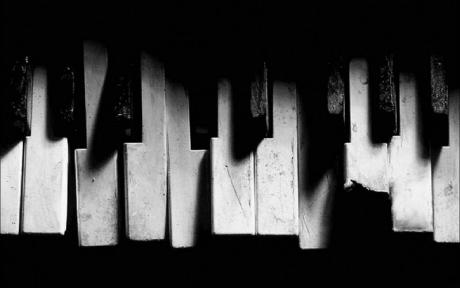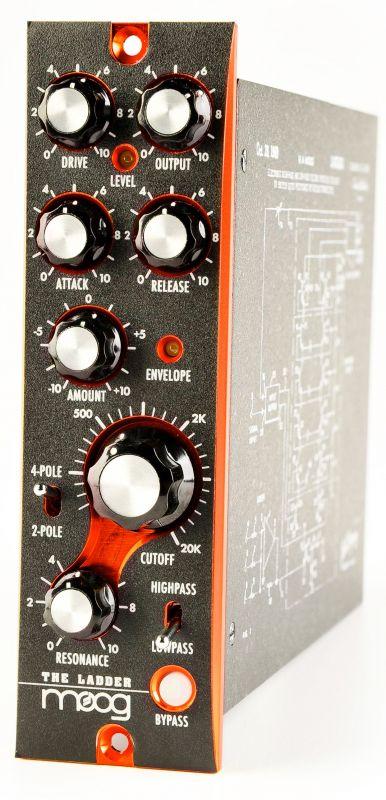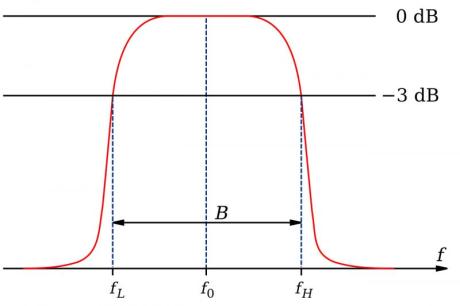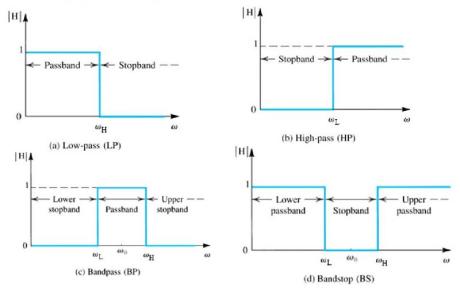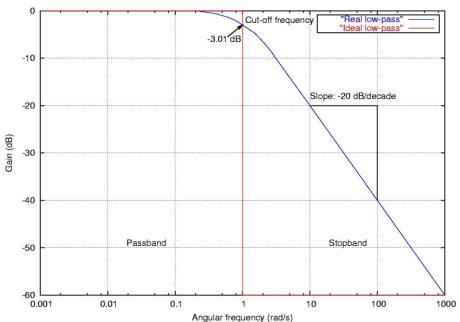Rockové klávesy - Analogová syntéza zvuku od základu - část 2.
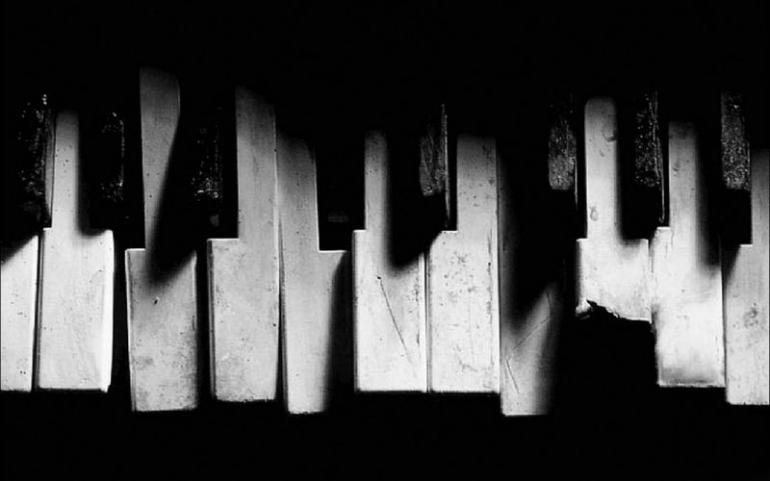
Welcome, readers, to part two of our in depth look at analog synthesis. Last month, we cracked the surface with an introduction to early synthesizers and the different types of waveforms. This month I want to cover the types of filters used to color the sound. A filter on an analog synth acts much like EQ on a mixing board; it boosts or cuts certain frequency bands. The two main controls governing this process are the cutoff frequency and resonance controls. The cutoff frequency determines at which point the filter starts working (we will cover the different types below). Resonance increases the volume of the frequencies around the cutoff frequency. As this control is increased, the frequency band becomes more narrow and creates a whawha effect. Manipulation of the cutoff and resonance knobs in real time creates many of the sweeping electronic effects heard in modern dance music.
Low Pass Filter
As the name suggests, this filter lets lower frequencies "pass" as the higher ones are filtered out. This yields more bassy sounds. In my research, I discovered that there are actually quite a few types of low pass filters; ideal, real, continuous, first order, second order, etc...For me to describe all the types, would be rather difficult and involve many equations and diagrams. For us, this is maybe not so important and I will let you study the finer points of filters on your own if you like. For now, let's just say that the low pass filters on most analog synths are what is known as "real" filters. "Ideal" filters produce ringing artifacts that are hard to control and sound very harsh. The filters on most analog synths round this off a bit by limiting the impulse response and delaying the signal just a bit allowing the computation of the filter to "see" a little bit into the future. This accounts for a little phase shifting in the signal but makes for a much smoother sound.

High Pass Filter
The exact opposite of the low pass filter is the high pass filter. This filter lets the high frequencies pass while suppressing the lower ones resulting in a thinner sound. It's also a good time to introduce you to the word attenuation. Attenuation is defined as a reduction of the strength of a signal. As it applies here, we could say that in a high pass filter, the lower frequencies are attenuated or lessened. High pass filters are also very complicated when you take a close look. Just like low pass filters, they have quite complicated equations that represent how the signal is affected as the filter is applied. For instance, many high pass filters are usually modeled as a linear time invariant system. What does that mean? To make a long story short, let's just say it's pretty complicated. This was the beauty of Robert Moog's 1966 patented filter circuit called "The Ladder Filter". The filter takes it's name from it's schematic; two symmetrical lines of four transistors with a capacitor between each. It looks like a ladder. (see photo). These filters rounded the signals going through them and while they are not as accurate as the so called "ideal" filters, they generated a lush tone that simply sounds amazing without all the math!
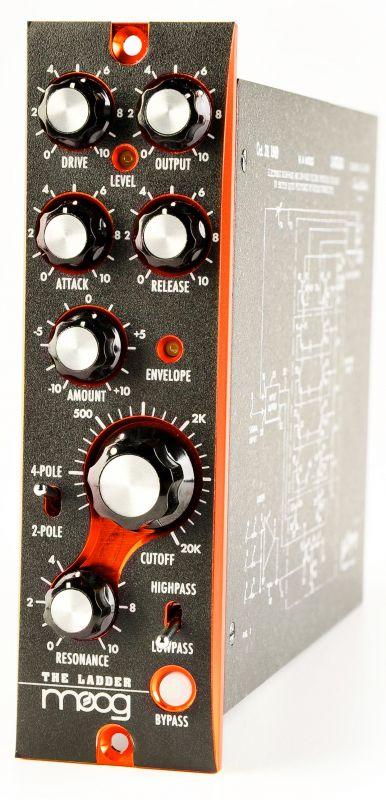
Band Pass Filter
A band pass filter is, in essence, the combination of a high pass and low pass filter. The band pass filter lets a narrow selection of frequencies through while filtering out those above and below the selected "band". Just like the previous two filters, there is no "ideal" band pass filter on analog synths. On either side of the filter "Q" or specified range on a real band pass filter the frequencies are mostly but not completely "rejected" this is known as filter roll off. Most filters seek to make the roll-off range as narrow as possible, thus allowing the filter to perform as close as possible to its intended design. You may see a few more terms when reading about filters; 2-pole and 4-pole. This refers to the number of circuits the filters used. Each pole represents 6db of attenuation. You can see this switch on the Moog filter in the picture above.

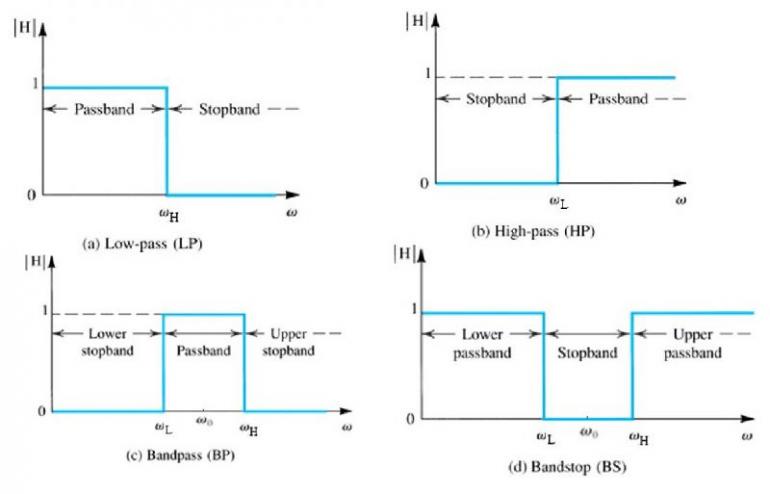

Notch Filter
https://www.youtube.com/watch?v=i7cXnhou134
Next month, we will focus on the amplifier and LFO sections of an analog synth. Between now and then, try to get your hands on an analog synth, even at a music store if you don't own one, and try experimenting with the different waveforms and filters to get a feel for the sounds.
Fráze a hudební termíny:
Crackthesurface: Tato fráze znamená „nakousnout“ nějaké téma, začít se jím zabývat.
Band: Toto slovo jistě znáte, jen bych chtěl poukázat na jeho dvojí význam. Znamená samozřejmě „kapela“, ale také „frekvenční pásmo“ (např. ve výrazu 3-band EQ). V textech s hudebně-technologickou tématikou je proto potřeba dávat pozor, co je tím slovem myšleno. Kontext nás ale většinou nenechá na holičkách. V tomto článku se Brian zabývá filtry, takže je logické, že má na mysli frekvenční pásmo.
Whawha effect: Je méně obvyklou variantou výrazu „wahwah effect“, tedy všem dobře známé „kvákadlo“.
Quite a few: Tato fráze nesouvisí přímo s hudbou, ale pojďme si v ní i přesto udělat jasno. Z lekcí angličtiny jistě víte, že „few“ znamená „málo“, zatímco „a few“ spíše „několik“ či „pár“. Aby to ale nebylo příliš jednoduché, „quite a few“ znamená „poměrně mnoho“. A teď se v tom vyznejte...
Artifact: Pozor, nejedná se o slovo „artefact“, které má podobný význam jako v češtině. „Artifact“ lze chápat jako „nežádoucí jev“, který je zpravidla vedlejším produktem nějaké manipulace (v našem případě se zvukem).
Harsh: Mimo hudební oblast toto slovo znamená něco jako „krutý“ či „nadměrně kritický“. Mluvíme-li však o zvuku, „harsh“ znamená „ostrý“ či „nepříjemný“.
Roundoff: V matematice tato fráze znamená „zaokrouhlit“, ale při popisu zvuku ji můžeme chápat jako „zaoblit hrany“, tedy ztlumit nepříjemné frekvence tak, aby zvuk více lahodil uchu.
Time invariant system: Takový systém, který v každou danou chvíli modifikuje vstupní signál stejně. Pokud tedy vstupní signál zpozdíme, výstup bude zpožděný také, ale ve všech ostatních vlastnostech bude stejný, jako kdyby ke zpoždění nedošlo. Např. ekvalizér, jehož nastavení neměníme, je příkladem takového systému.
Lush tone: Bohatý, mnohovrstevnatý zvuk. Nejčastěji slýchám tento přídomek při popisu efektu chorus, u kterého se z tohoto výrazu už v podstatě stalo klišé.
Roll-off: „Postupný úbytek“, v našem případě frekvencí. Žádný filtr či ekvalizér netlumí frekvence skokově, proto mluvíme právě o „roll-off“.
Notch: „Zářez“ či „vrub“. Právě takový tvar má frekvenční křivka notch filtru, který „vykousne“ zpravidla poměrně úzké frekvenční pásmo. Nejčastěji se takový filtr používá pro odstranění nějaké nežádoucí frekvence, např. s cílem potlačit zpětnou vazbu.
Groundbuzz: Někdy také „60 cyclehum“ či jednoduše „hum“. Všechno jsou to výrazy pro „brum“ z elektrické sítě, který je dobře slyšet např. při zapojení snímače typu single coil u elektrické kytary.
